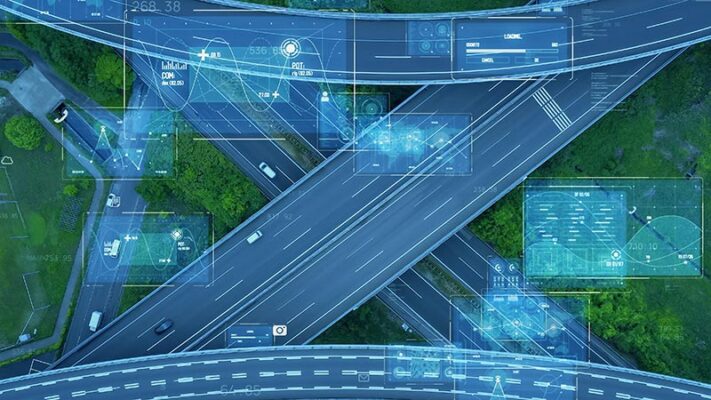IoT Telematics and Tracking: Optimizing Fleet Management
By Greg Oppenheim
June 17, 2025
By Greg Oppenheim
June 17, 2025
Estimated reading time: 5 minutes

The Internet of Things (IoT) enables telematics and tracking solutions to enhance business operations through:
Common vehicle use cases range from monitoring the location and condition of consumer cars to heavy industrial and construction equipment. Fleet managers and transportation specialists utilize telematics devices to streamline operations and maximize vehicle assets.
Key factors to consider when deciding to buy or build a telematics solution are:

Most telematics and tracking solutions rely on cellular gateways and networks to transmit data. Cellular gateways in vehicles collect and send data to a central server over a cellular network. Collected data can include but is not limited to:
Fleet managers use this information to make timely decisions and take corrective action regarding vehicles’ uptime and health.
Gateways enable telematics devices to capture and report additional data from vehicle assets. For example, a service truck carries expensive tools to a job site for repairs. Bluetooth® wireless technology beacons attached to those tools act as a gateway to the telematics device.
The telematics system will report, using its asset tracking gateway, if the tools leave the truck before they reach the job site. This information allows fleet operators to monitor tools off-site.
Refrigerated transport is another common use case for cellular gateways. Telematics devices with gateway capabilities use IoT sensors to monitor temperatures. These devices send alerts if environmental limits (e.g., temperature or humidity) are surpassed.
The gateway supplies access to the onboard assets, which provide additional data for the telematics to report. This data empowers fleet operators to address environmental issues and protect perishable goods like food and vaccines.

Telematics devices operate in vehicles exposed to:
The casing that houses these sensitive components requires fortification. The enclosure must provide a rugged barrier to prevent damage and ensure reliable performance in harsh environments.
Companies that require specialized telematics for heavy equipment and construction vehicles have two options. One is to use low-end devices that offer basic GPS tracking and tracing. The other is to use high-end devices with advanced capabilities.
Telematics devices are small. They can be knocked loose, damaged or lost on large job sites if not securely mounted to the vehicle chassis. If your devices need frequent replacing, it may be prudent to invest in a more affordable option over a premium offering.
Deciding whether to buy or build a telematics solution can be a challenge. Is it better to buy a complete off-the-shelf system or combine devices from multiple vendors? Is an in-house solution an option? Companies should outline their vehicle use case and the corresponding requirements to determine the best course of action.

Once the use case and specific requirements are defined, search the market for a solution that meets these criteria:
If something like this exists in the market for your specific use case, there is no reason to build.
If the telematics use case you have in mind is specialized, finding a preconfigured solution to meet your needs may be difficult. Depending on your budget, there are three potential avenues:
The decision to build an in-house telematics solution depends on your team’s capabilities. Can they deploy this solution successfully? Can they test it and run it through certifications? Do they know how to troubleshoot in case of issues?
The decision to build in-house is also a question of risk. Most homegrown telematics systems fail because they don’t pass the rigorous device certification processes.
Companies that lack the capabilities to build in-house or have specialized use case requirements should consider bundling.
Have an expert bundle or combine telematics solution elements to save time and reduce costs. An IoT enabler can build a bespoke solution to meet your specific needs. They manage each step, from the module and connectivity to data orchestration and manufacturing. This strategy will eliminate margin stacking and reduce expenses.
To ensure accountability, work only with one trusted partner. If you encounter a problem, that partner is best positioned to address it.

Telit Cinterion offers end-to-end IoT enablement for telematics and transport solutions. Our bundles feature:
Our engineers and solutions team design vehicle tracking with gateway capabilities and can build track, trace and recovery applications. We can help you set up the proper application programming interfaces (APIs) and connect them to your internal systems.
Telit Cinterion sources components from vendors and manufacturing partners worldwide to provide scalability. This ensures proximity to our end customers and minimizes shipping costs.
Discover how we can help bring your solution from concept to completion.